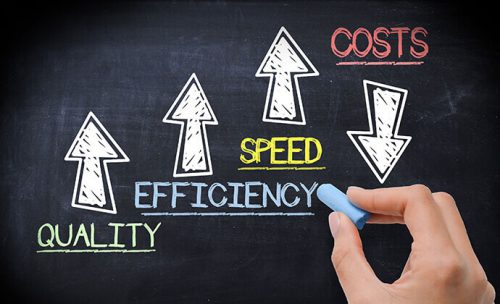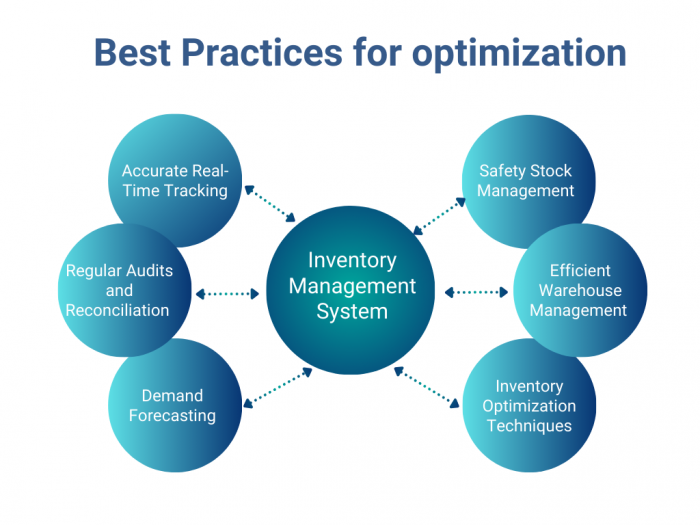The oil and gas industry continues to witness rapid growth and evolvement while navigating a series of operational challenges.
Stringier safety regulations, harsh environmental conditions, and the high costs of physical assets have made companies rethink their strategies related to asset management best practices.
Implementing effective asset management is vital. It helps you ensure maximum uptime and seamless field operations while encouraging secure working conditions for on-site employees.
Let’s discuss the significance and best practices for asset management in oilfield services.
Companies in the oil and gas industry need to keep their physical assets in peak condition to ensure maximum performance and uptime. It also helps them reduce repair costs and optimize resource allocation.
Here’s what makes effective equipment maintenance critical to oilfield operations.
Maximum equipment uptime leads to optimal equipment performance and employee efficiency on the job.
Real-time tracking and predictive analysis help companies analyze asset performance and identify potential issues. Thus, they can take corrective actions to keep equipment running without any major breakdowns.
Streamlined operations, preventive maintenance, and asset allocation enhance operational efficiency while maximizing asset value and lifetime.
Efficient asset usage, downtime prevention, easy identification, and real-time asset performance monitoring bring down additional costs. These can result from excessive wear and tear, improper training, and frequent failures.

Asset management best practices help prevent understocking or overstocking. Thus, oilfield businesses can achieve better inventory control.
Automated asset management solutions analyze past usage patterns and current stock levels. As a result, you can make sure critical equipment is readily available while saving high inventory maintenance costs.
Automated software solutions help oilfield industry companies comply with stringent regulatory laws and regulations in varying regions.
Best practices for asset management include regular equipment audits through IoT-enabled solutions. They help you connect products and devices through the IoT platform and collect information automatically.
Implementing asset management strategies promotes a highly safe working environment for your field employees and machine operators.
Well-maintained field equipment helps companies reduce the risk of potential accidents that can have potentially fatal consequences for oilfield businesses.
Start by implementing top-rated asset management software that comes with next-gen technologies like artificial intelligence (AI), blockchain, and the Internet of Things (IoT).
Such a solution will help you comprehensively digitalize all manual practices for asset management. This can result in greater efficiency, accuracy, and precision in every aspect of the oilfield operations.
Here are some key features to consider when choosing the best asset management software for your oilfield operations:
Preventive maintenance plays a critical role in extending the lifespan of equipment and ensuring it operates efficiently. Here’s how:
Predictive maintenance is a proactive maintenance approach that leverages data and analytics to forecast potential equipment failures. This approach addresses potential issues before they result in sudden downtime or costly repairs.
Here’s how it uses data from IoT devices to predict equipment failures:
The Internet of Things (IoT) technology has revolutionized asset management in the oil and gas industry by providing real-time data, enhancing predictive maintenance, and optimizing operational efficiency.
Here’s an exploration of how IoT is applied to asset management in oil fields:
Asset management in oilfield services presents unique challenges due to the industry’s demanding operational environment.
These are some common challenges and strategies to address them:
Due to the industry’s complex and highly regulated nature, maintaining regulatory compliance in oil field services is crucial for several reasons:

Asset management is pivotal in ensuring compliance with safety standards and avoiding costly violations in industries such as oil field services, where the risks and regulations are particularly stringent.
Here’s how effective asset management contributes to meeting safety standards and preventing violations:
Scheduled Maintenance: Regular maintenance helps ensure that equipment operates within safety parameters. This reduces the likelihood of malfunction or failure that could lead to safety incidents.
Adherence to Standards: Effective asset management maintains comprehensive records of maintenance activities, inspections, and compliance checks to ensure that equipment and operations comply with industry safety standards and regulations.
Risk Mitigation: By assessing the condition and performance of assets, organizations can proactively address risks before they escalate into safety issues or violations.
Training and Competency: Continuously developing asset management and safety skills helps ensure that staff use and maintain equipment in compliance with safety standards.
Efficient resource planning is one of the best practices for asset management in oilfield services. It is crucial for maintaining equipment uptime in the complex and often harsh operating environment.
It ensures that equipment operates at peak performance, minimizing downtime and maximizing productivity.
Here are the best practices for optimized inventory management in the oilfield industry.
Work order prioritization and resource optimization help improve overall efficiency and reduce operational costs in any organization. Here’s how they contribute to better performance and cost management.

Adhering to asset management best practices is crucial for achieving operational excellence in the oilfield services industry. It helps to significantly enhance operational efficiency, improve safety, and reduce costs.
For oilfield companies looking to elevate their asset management practices, we offer a comprehensive demo to showcase how these advanced tools and strategies can integrate with your operations. Schedule it now.
Would you like to have a free demo or have any questions about FieldEquip?
US Corporate Headquarters 1011 S. Hwy. 6, Suite 117 Houston Texas 77077 US